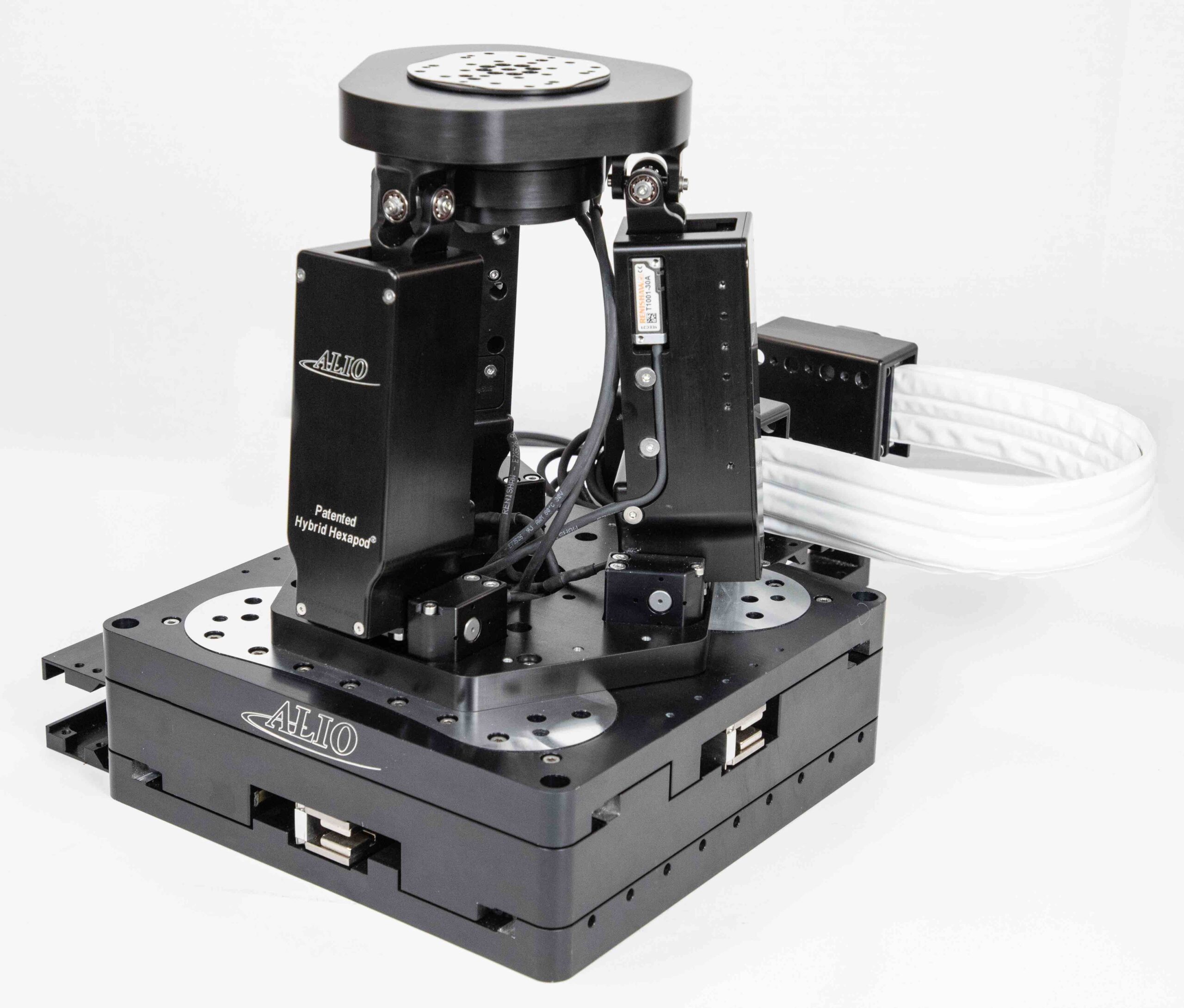Mastering Industrial Automation: The Ultimate Guide to Motor Control Systems
How to Optimize Motor Performance with Advanced Control Systems
In today’s fast-paced industrial landscape, motor control systems play a vital role in optimizing motor performance, reducing energy consumption, and enhancing overall efficiency. As the backbone of industrial automation, these systems are responsible for controlling and regulating the speed, torque, and direction of motors in various applications. By leveraging advanced motor control systems, industries can significantly improve their productivity, reduce costs, and minimize their environmental footprint. In this article, we will delve into the world of motor control systems, exploring their fundamental principles, industrial applications, and best practices for design, implementation, and integration.
Understanding the Fundamentals of Motor Control Technologies
Motor control systems rely on various technologies to regulate motor performance. There are two primary types of motors: alternating current (AC) and direct current (DC) motors. AC motors are commonly used in industrial applications due to their simplicity, reliability, and low maintenance costs. DC motors, on the other hand, offer higher efficiency and precision control, making them suitable for applications requiring precise speed and positioning.
In motor control systems, drive systems play a crucial role in converting electrical energy to mechanical energy. The two main types of drive systems are variable frequency drives (VFDs) and servo drives. VFDs are widely used in industrial applications, offering adjustable speed control, energy savings, and reduced motor wear. Servo drives, with their high-precision positioning and velocity control, are often employed in applications requiring precise motion, such as robotics and CNC machines.
Motor control methods vary depending on the application and motor type. Open-loop control, where the motor operates without feedback, is often used in simple applications. Closed-loop control, which incorporates feedback from sensors, provides more precise control and is commonly used in industrial applications. Additionally, servo control, which utilizes position and velocity feedback, enables precise motion control in applications like robotics and CNC machines. By understanding these fundamental motor control technologies, engineers and technicians can design and implement effective motor control systems that optimize motor performance and efficiency.
The Role of Motor Control Systems in Industrial Applications
Motor control systems play a vital role in various industrial applications, where they optimize motor performance, reduce energy consumption, and enhance overall efficiency. In manufacturing, motor control systems are used to power conveyor systems, pumps, and compressors, ensuring precise control and synchronization of processes. The oil and gas industry leverages motor control systems to regulate the speed and torque of pumps, compressors, and other equipment, resulting in improved safety, reliability, and productivity. In water treatment plants, motor control systems control pumps, blowers, and aerators, ensuring consistent water quality and reducing energy costs. Additionally, motor control systems are used in HVAC systems to regulate fan speed, air flow, and temperature, creating a comfortable and energy-efficient environment. By integrating motor control systems into these applications, industries can reap significant benefits, including increased productivity, reduced downtime, and lower operating costs. Effective motor control systems enable industries to streamline processes, reduce energy consumption, and improve overall performance, making them an essential component of industrial automation.
Selecting the Right Motor Control System for Your Industry
When it comes to selecting a motor control system for a specific industry, several factors must be carefully considered to ensure optimal performance, efficiency, and reliability. The type of motor, drive system, and control method all play crucial roles in determining the suitability of a motor control system. In this section, we’ll explore the key considerations for choosing the right motor control system for your industry.
In high-temperature environments, such as oil and gas or manufacturing applications, motor control systems must be designed to withstand extreme temperatures and harsh conditions. In these cases, specialized motor control systems with advanced cooling systems and ruggedized components are essential. Conversely, in applications where energy efficiency is paramount, such as in HVAC systems or water treatment plants, motor control systems with variable frequency drives and servo control can help reduce energy consumption and minimize waste.
In industries where precision and accuracy are critical, such as in robotics or CNC machining, high-performance motor control systems with advanced control algorithms and precise motor synchronization are necessary. Additionally, in applications where safety is a top priority, such as in chemical processing or power generation, motor control systems with advanced safety features and redundant systems are required.
By understanding the operating conditions, motor type, and control requirements of a specific industry, engineers and technicians can select a motor control system that meets their unique needs and ensures optimal performance, efficiency, and reliability. By considering these factors, industries can reap the benefits of advanced motor control systems, including improved productivity, reduced energy consumption, and enhanced overall performance.
Motor Control System Design and Implementation Best Practices
When designing and implementing motor control systems, several best practices can ensure optimal performance, efficiency, and reliability. Firstly, it is essential to define clear project requirements, including motor specifications, load requirements, and control objectives. This helps to identify the most suitable motor control technology and architecture for the application. Additionally, a thorough risk assessment and hazard analysis should be conducted to ensure the system meets safety standards and regulations.
Selecting the right components, such as drives, motors, and sensors, is crucial for reliable operation and optimal performance. Compatibility, reliability, and maintainability should be key considerations when selecting components. Moreover, attention should be given to system architecture, including the choice of communication protocols, network topology, and interface requirements. A well-designed system architecture ensures seamless integration, efficient data exchange, and effective troubleshooting.
Commissioning procedures should be carefully planned and executed to ensure a smooth startup and minimize downtime. This includes setting up and testing control algorithms, tuning drives and motors, and integrating safety systems. A comprehensive testing and validation plan should be developed to verify system performance, efficiency, and reliability. Furthermore, operators and maintenance personnel should receive adequate training to ensure they can efficiently operate and maintain the motor control system.
By following these best practices, motor control systems can be designed and implemented to achieve optimal performance, reduce energy consumption, and enhance overall efficiency. Moreover, these systems can be integrated with advanced technologies, such as IoT and artificial intelligence, to unlock new levels of productivity and competitiveness in industrial automation. By mastering the design and implementation of motor control systems, industries can unlock new levels of efficiency, productivity, and sustainability.
Overcoming Common Challenges in Motor Control System Integration
When integrating motor control systems, several challenges can arise, affecting the overall performance and efficiency of the system. One of the primary hurdles is ensuring compatibility between different components, such as drives, motors, and control systems. This can be overcome by carefully selecting components from reputable manufacturers and verifying their compatibility before installation. Another common issue is communication protocol incompatibility, which can be addressed by using standardized protocols like EtherNet/IP, PROFINET, or Modbus TCP. Additionally, troubleshooting techniques, such as using advanced diagnostic tools and performing thorough system testing, can help identify and resolve issues quickly. Moreover, implementing proper electrical noise filtering and grounding techniques can prevent electromagnetic interference (EMI) and ensure reliable system operation. Effective planning, careful component selection, and meticulous system testing can help mitigate these challenges and ensure seamless motor control system integration. By understanding and addressing these potential obstacles, industries can optimize their motor control systems, leading to improved productivity, reduced downtime, and increased overall efficiency.
The Future of Motor Control Systems: Trends and Innovations
The industrial automation landscape is undergoing a significant transformation, driven by advancements in technology and the increasing demand for efficient and sustainable production. Motor control systems, a crucial component of this landscape, are also evolving to meet the changing needs of industries. One of the key trends shaping the future of motor control systems is the integration of the Internet of Things (IoT) and artificial intelligence (AI). By leveraging IoT, motor control systems can collect and analyze real-time data, enabling predictive maintenance, optimizing energy consumption, and improving overall performance. AI, on the other hand, can enable advanced control strategies, such as adaptive control and autonomous operation, further enhancing the efficiency and reliability of motor control systems.
Another area of innovation is the development of advanced motor control algorithms, which can optimize motor performance in real-time, taking into account factors such as load, speed, and torque. These algorithms can also enable the implementation of advanced control strategies, such as model predictive control and adaptive control, which can further improve the efficiency and performance of motor control systems. Furthermore, the increasing focus on energy efficiency and sustainability is driving the development of new motor technologies, such as permanent magnet motors and switched reluctance motors, which offer improved efficiency and reliability compared to traditional induction motors.
Cybersecurity is another critical aspect of motor control systems, as they become increasingly connected to the industrial internet. As motor control systems become more connected, they also become more vulnerable to cyber threats, which can have significant consequences for industrial operations. Therefore, it is essential to implement robust cybersecurity measures, such as encryption, firewalls, and intrusion detection systems, to protect motor control systems from cyber threats. By integrating these innovations into motor control systems, industries can unlock new levels of efficiency, productivity, and sustainability, ultimately driving the future of industrial automation.
Real-World Examples of Motor Control Systems in Action
In the oil and gas industry, a leading energy company utilized a motor control system to optimize the efficiency of their pumps. By installing a variable frequency drive (VFD) with advanced motor control technology, they were able to reduce energy consumption by 15% and extend the lifespan of their motors. This resulted in significant cost savings and improved overall performance.
In another example, a manufacturing plant implemented a motor control system to synchronize the operation of multiple conveyor belts. By integrating servo control technology with advanced motor control algorithms, they were able to increase production capacity by 20% and reduce downtime by 30%. The improved efficiency and reliability of the motor control system allowed the plant to meet increased demand and improve customer satisfaction.
In the water treatment industry, a municipal water authority utilized a motor control system to optimize the operation of their pumps and valves. By integrating advanced motor control technology with IoT sensors and automation systems, they were able to reduce energy consumption by 10%, improve water quality, and minimize waste. The improved efficiency and reliability of the motor control system allowed the authority to provide better service to their customers while reducing operating costs.
These real-world examples demonstrate the benefits and advantages of motor control systems in various industries. By optimizing motor performance, improving efficiency, and reducing energy consumption, motor control systems can have a significant impact on a company’s bottom line and overall success. As the demand for industrial automation continues to grow, the importance of motor control systems will only continue to increase.



